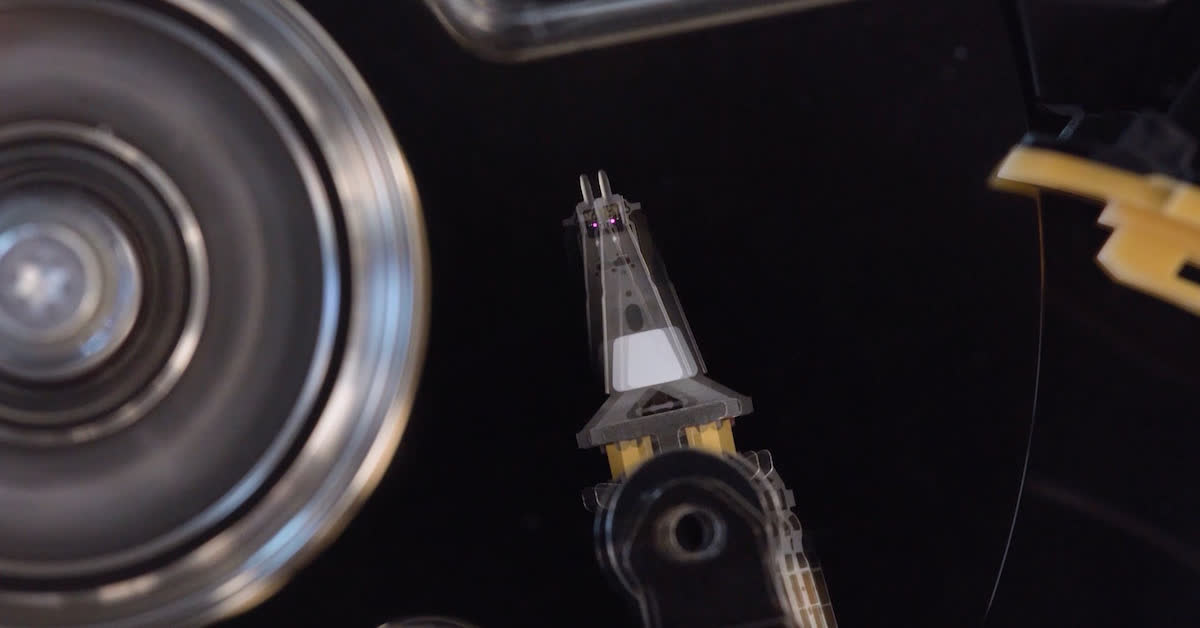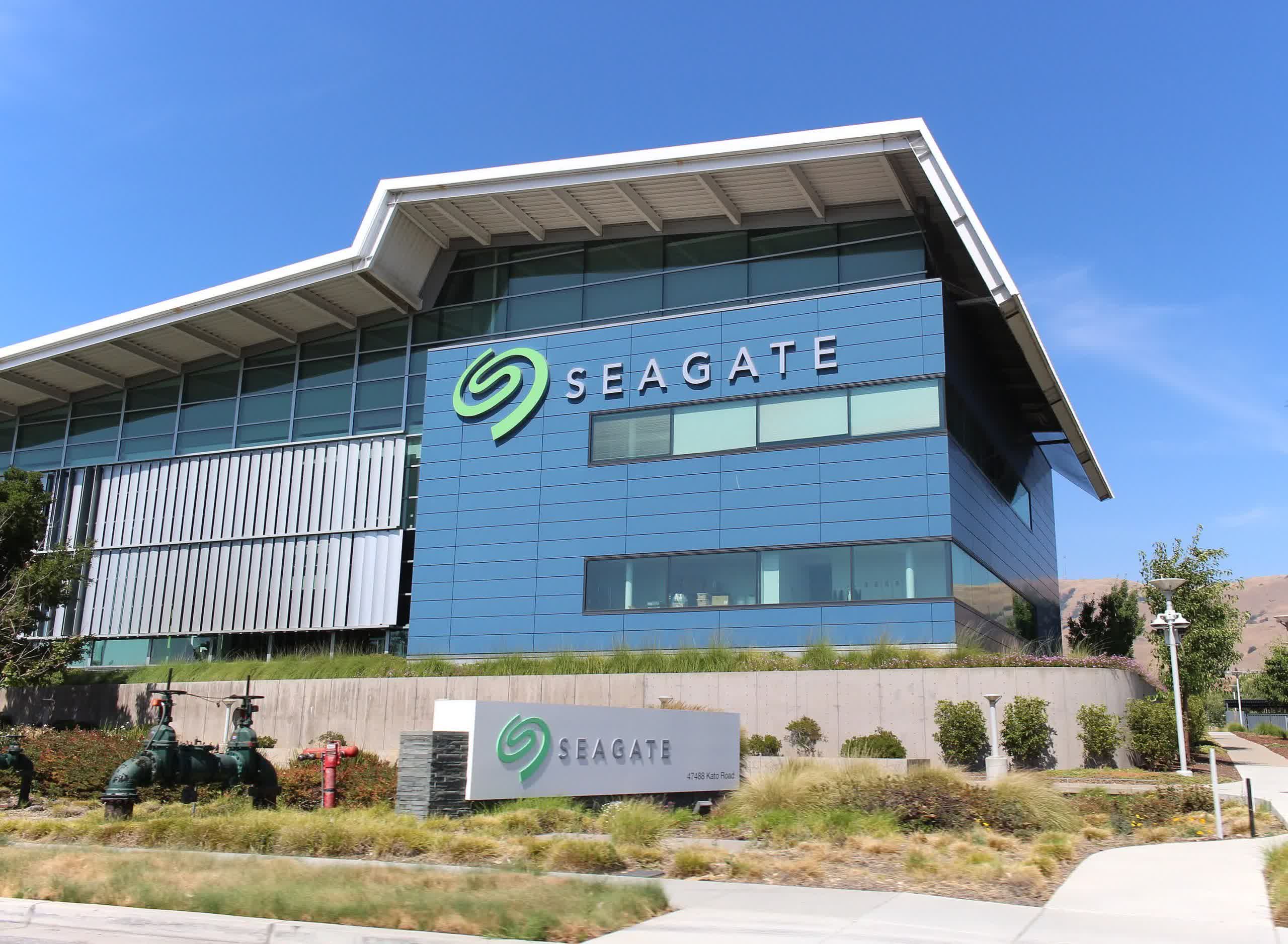Forward-looking: While most consumers are switching to ever-faster solid-state drives, some manufacturers have spent the last few years pushing the limits of hard drive capacity. Climbing over the 30TB mark requires new technology, which Seagate thinks will be ready later this year.

In a conference call this week, Seagate offered new details on its progress in bringing hard drives exceeding 30TB to the enterprise and consumer markets late this year. The first publicly-available drive using HAMR technology will hold 32TB, and the company plans to gradually raise that capacity soon after.
Maximum-size HAMR drives will consist of 10 platters, each platter on the 32TB model containing 3.2TB. HAMR technology will allow Seagate to steadily increase each platter's capacity, first to 3.6TB for a 36TB drive, then to 4TB for a 40TB drive. The company is currently testing 5TB platters which should make 50TB HDDs possible.

The method will save money because Seagate will be able to offer larger drives without adding platters, limiting the increase in their physical size. Releasing HAMR products with fewer platters also allows for more compact drives that still hold massive amounts of data. The largest drives will probably be almost solely for cloud data center clients, with lower tiers going to consumers. The technology could increase Seagate's profits while passing some savings to customers.
Heat-Assisted Magnetic Recording (HAMR) briefly heats parts of each platter to increase the density of stored data while maintaining thermal and magnetic stability. Seagate is fully transitioning to the new tech while stopping traditional Perpendicular or Conventional Magnetic Recording (PRM/CMR) development at 2.4TB per platter.
The company's currently-available IronWolf Pro HDDs reach a maximum capacity of 22TB, but a 24TB HDD is coming later this year, which will be Seagate's final PMR drive. There will be a 28TB model using Shingled Magnetic Recording, but everything beyond that will be HAMR.
Western Digital is also using HAMR to push toward 30TB and 40TB on a timeline similar to Seagate's, but it's using stepping stones like OptiNAND to get there. In prior conference calls, Seagate said it aims to release 40TB HAMR drives next year or in 2025, with 50TB variants available in 2026. Earlier roadmaps set a goal of reaching 100TB by the end of the decade.
https://www.techspot.com/news/99003-seagate-mass-produced-hamr-hard-drives-debut-32tb.html